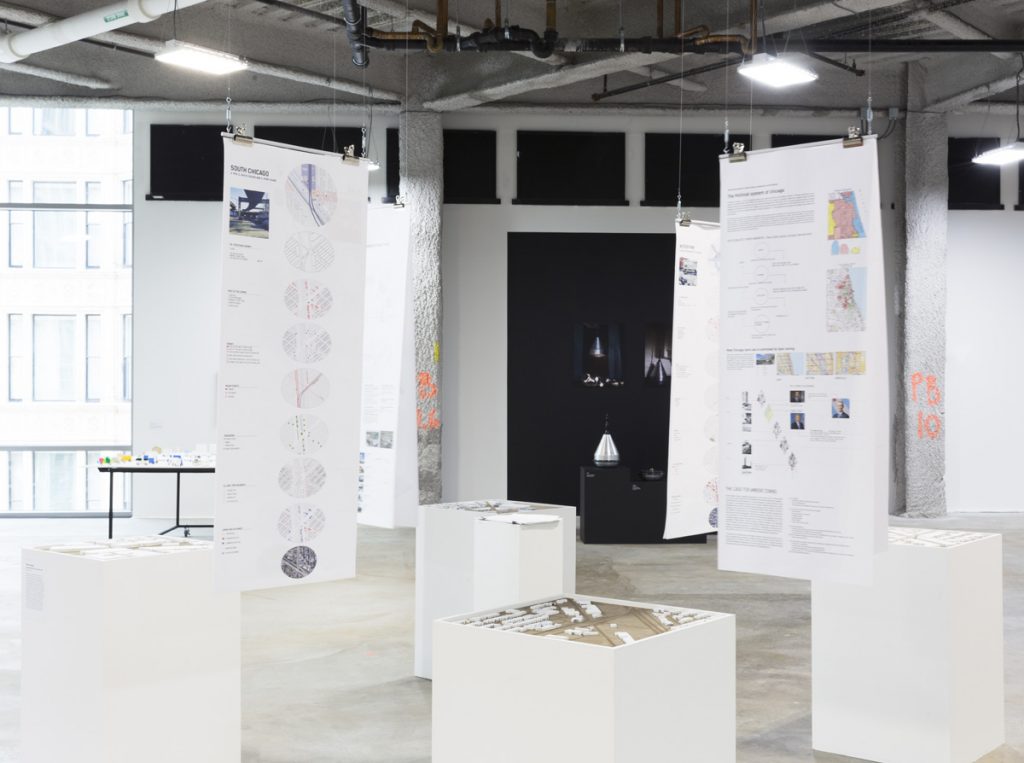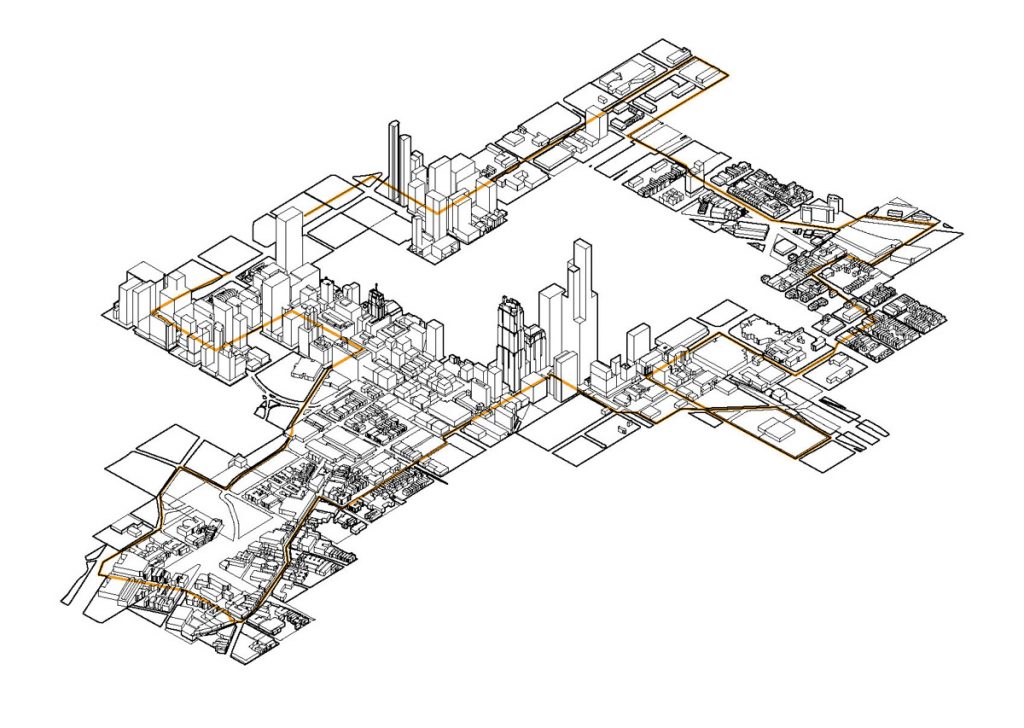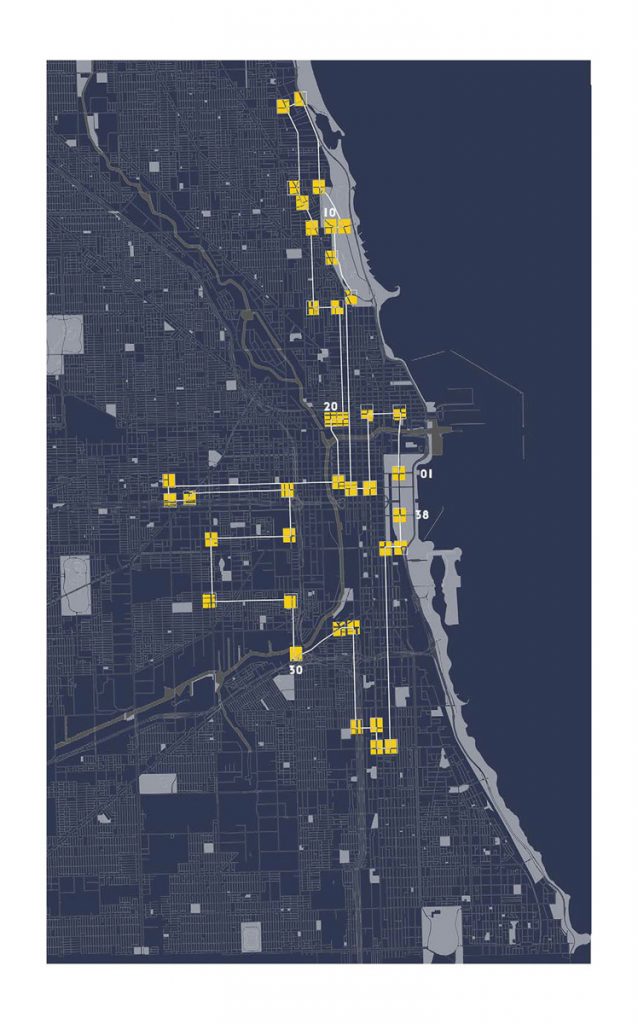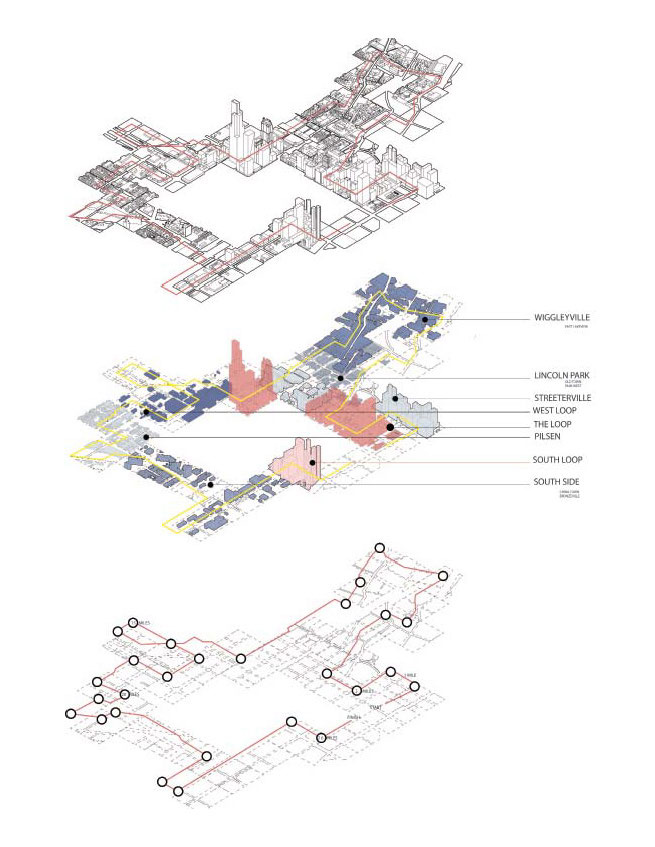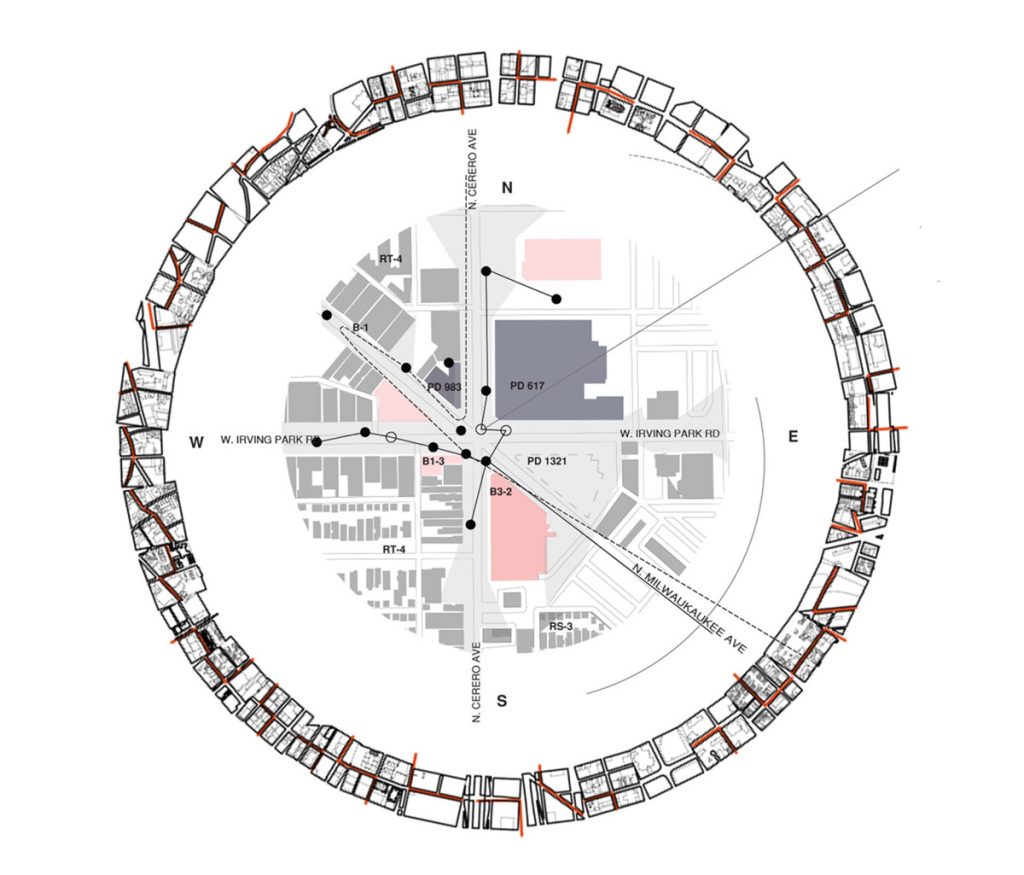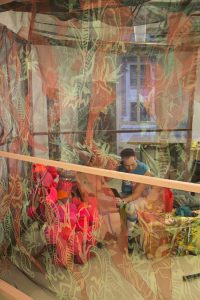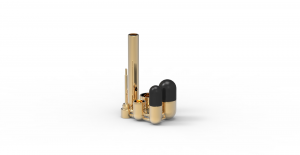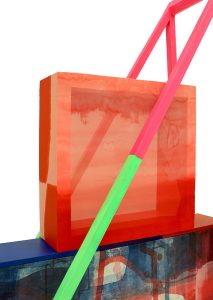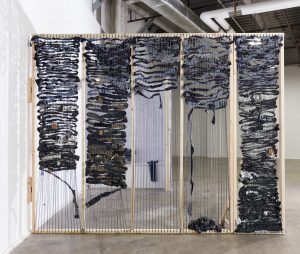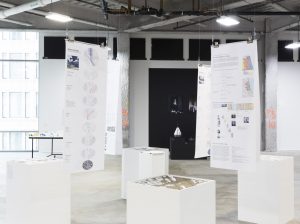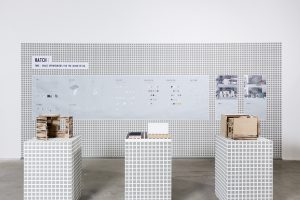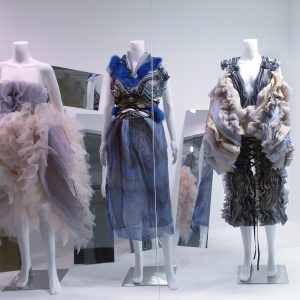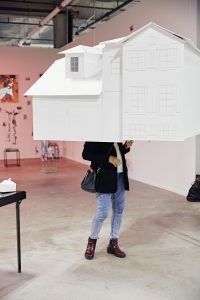The corner, in another word, is the point where converging lines, edges and sides meet. It is one of the most expressive elements of a building or a street corner. It can be articulated as a point of introduction, initiating a different perspective. Corners are omnipresent in the spatiality of the urban fabric and in the acts of transitioning material and movement through space whether it’s the urban excursion, the violent, or the noisy intersection. In Chicago, prominent corners serve as markers. Corners are remarkable in the ways they recreate the city through the power of social hierarchy. What are the mechanisms in place that will perpetuate and maintain the hegemony? An Urban matrix such as zoning and local jurisdiction not only manifests a fake city but it creates a reality that superimposes and subjugates. Hence, the masses who wander the matrix are unaware that zoning finds them on the very bottom, or on the corner. They aimlessly navigate the world of the matrix at the street level, walking the socially constructed urban blocks. Though the city may be “planned” and “readable,” they lack the vocabulary and the means to decipher the determinant politics of their surroundings.
Can we uncover a narrative of the public sphere by investigating its corners as points of convergence? Should we as architects propose the basic physical and organizational structures that can be leveraged for new spatial conditions and new possibilities with ambient planning? Analysis of a series of corners reveals their political qualities and presents how local regulations shape the architecture and the city as a whole. A complete comparative analysis of the perceived curated corners versus un-curated corners of Chicago opens new opportunities.



